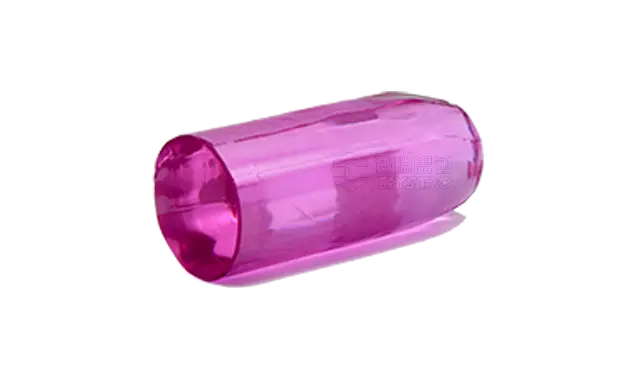In the ever-evolving landscape of laser technology, the debate between diode lasers and YAG lasers persists, with each wielding its own set of capabilities and advantages. Whether you're delving into medical treatments, industrial processes, or research endeavors, the choice between these two laser types warrants careful consideration. Let's embark on an in-depth exploration of their distinctions to unravel which reigns supreme in various domains.

Diode Laser: The Pinnacle of Versatility and Efficiency
Compact Design, Mighty Performance:
Diode lasers, owing to their semiconductor foundation, boast a compact and lightweight design, rendering them ideal for applications where portability is paramount. Despite their diminutive stature, these lasers pack a punch in terms of performance.
Efficiency Redefined:
Efficiency is the hallmark of diode lasers, with a remarkable ability to convert electrical energy directly into laser light. This efficiency not only translates into reduced power consumption but also slashes operational costs—a significant boon for industries seeking cost-effective solutions.
Wavelength Wizardry:
With a wavelength range spanning from ultraviolet to near-infrared, diode lasers offer unparalleled versatility. This breadth allows for tailored solutions across diverse fields, from medical treatments to telecommunications, ensuring optimal performance in every application.
Precision Personified:
Diode lasers exude precision, delivering impeccable beam quality and control. This attribute finds its zenith in medical procedures like dermatology and ophthalmology, where pinpoint accuracy is non-negotiable.

YAG Laser: Where Power Meets Precision
Raw Power Unleashed:
YAG lasers emerge as behemoths in the realm of laser technology, boasting unparalleled power output. Their ability to produce intense laser beams makes them indispensable for industrial processes such as metal cutting, welding, and engraving.
The Depths of Penetration:
Thanks to their longer wavelengths, particularly in the infrared spectrum, YAG lasers penetrate tissue with unparalleled depth. This quality finds application in medical realms like surgery and lithotripsy, where reaching deeper layers is imperative.
Versatility Personified:
YAG lasers are chameleons in the laser world, seamlessly transitioning between continuous-wave and pulsed modes to cater to a myriad of applications. From tattoo removal to skin rejuvenation, their versatility knows no bounds.
Built to Last:
Solid-state construction renders YAG lasers robust and durable, with longevity that surpasses many counterparts. Their resilience makes them a stalwart choice for industries seeking reliable laser solutions.
Deciphering the Dilemma: Choosing the Optimal Laser Technology
Application-Specific Requirements:
Analyze the unique demands of your application, considering factors such as power output, wavelength, precision, and depth of penetration.
Budgetary Considerations:
Evaluate both initial investment costs and ongoing operational expenses to align with your budget constraints effectively.
Balancing Portability and Power:
Determine whether portability or raw power holds precedence in your endeavors, striking a harmonious balance between the two.
In the perennial clash between diode lasers and YAG lasers, the verdict lies in the discerning eye of the beholder. By dissecting their distinctive features and weighing them against your specific requirements, you can unearth the optimal laser technology tailored to propel your endeavors to new heights of success. So, whether you're delving into the intricacies of medicine, industry, or research, let this comparative analysis serve as your guiding light towards making an informed decision.
